It won’t feature in any of the guidebooks, but if you’re interested in cities, architecture and planning, spend a moment exploring the corner of Le Loi and Pasteur streets during your visit to Saigon. You’ll get a sense of where the city’s headed, and the price it’s paying in terms of built heritage and character. Expect some surprises too.
Down with French colonialism
If you’re quick, you’ll see the final remnants of the French colonial era buildings that once covered the block. The main structure, the Tax Centre, disappeared a few weeks ago. It had already suffered numerous unsympathetic renovations over the decades - it may have been beyond redemption. But the surrounding buildings were big contributors to the charm of downtown Saigon.
The last of these will disappear in the coming days.
2016 has been a bad one for heritage in Saigon. The demolition of Ba Son shipyard represented a new low for a city that really needs some good news on public space, liveability and heritage preservation.
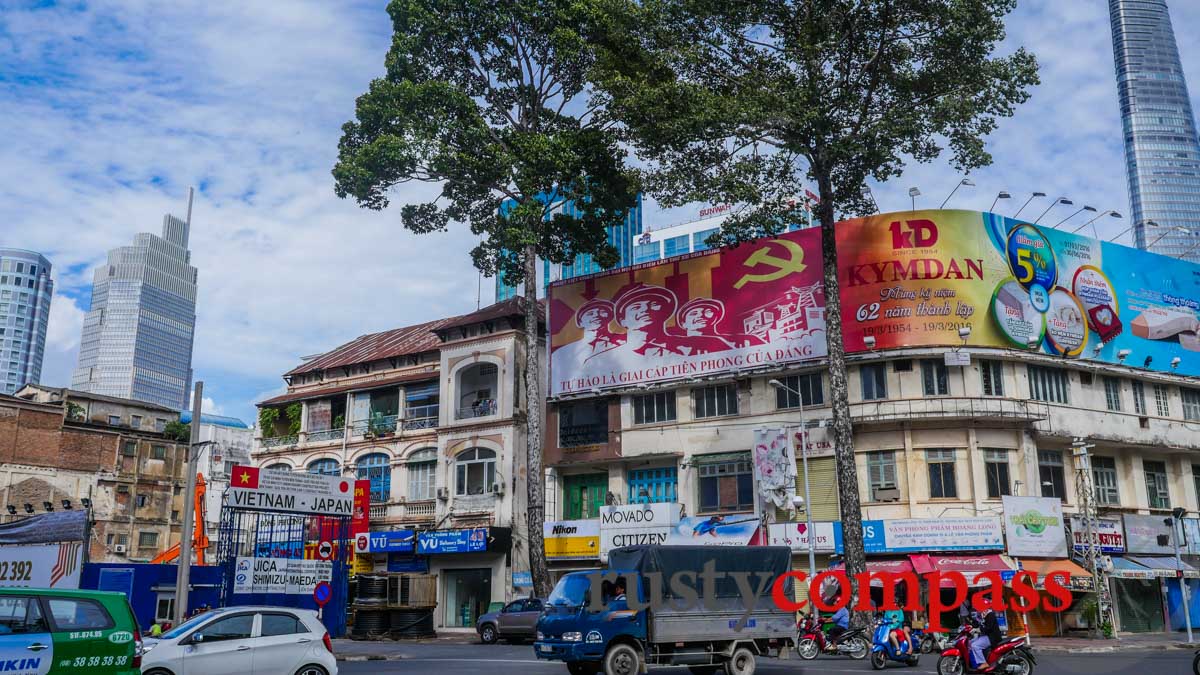
Photo: Mark Bowyer Going, going, gone - French colonial architectre Saigon
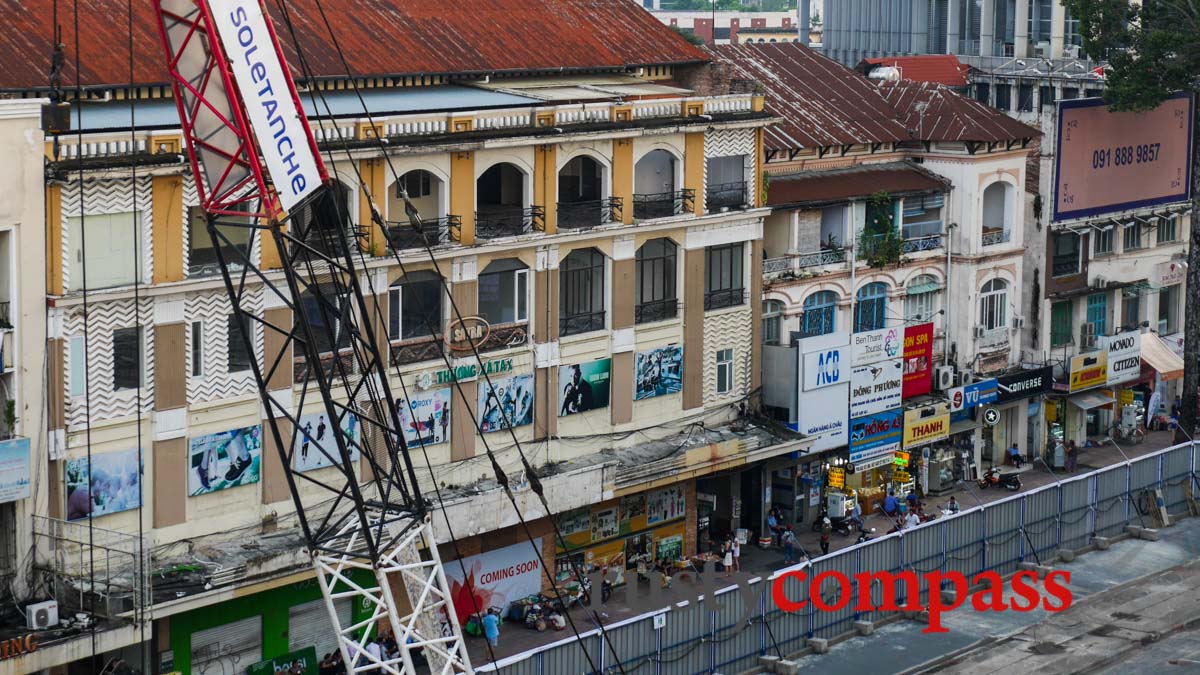
Photo: Mark Bowyer All gone - Le Loi St, Saigon
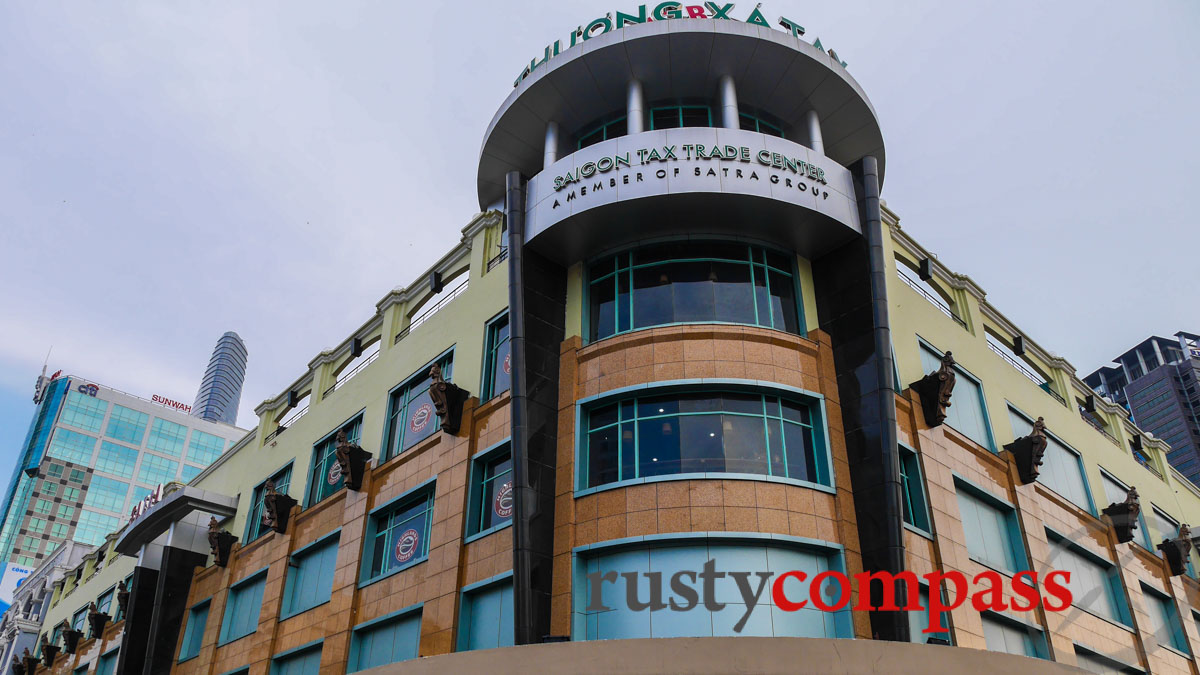
Photo: Mark Bowyer Gone - Tax Centre Saigon
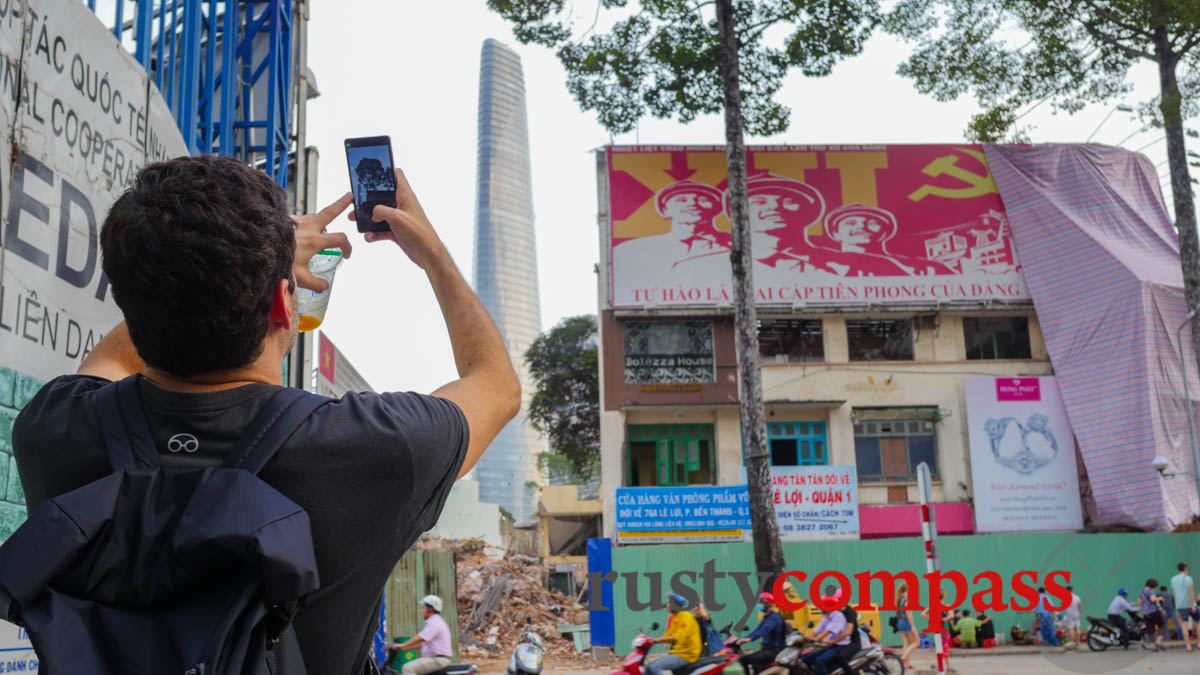
Photo: Mark Bowyer Tourist captures the end of an era - Saigon
Saigon Centre and Takashimaya
Opposite the demolitions at the Pasteur and Le Loi intersection, is Saigon’s shiniest new shopping centre, Takashimaya, and the massive commercial development that houses it, Saigon Centre.
Takashimaya is a Japanese shopping mall operator. Saigon Centre is owned by Singaporean group, Keppel Land.
Japan and Singapore have some of the highest standards of infrastructure and planning in the world. But it seems unlikely their Vietnam creation, crammed into narrow French era streets, bulging with cars and motorbikes, would be approved in their home countries. The lack of supporting infrastructure like roads, public transport, and public space, to support such a big influx of workers and shoppers, and the heavy footprint of the construction on the block, would all present obstacles to planners in most cities.
Saigon Centre is an attractive modern complex, but it seems too large for the block on which it’s located. Like many other downtown buildings, it provides no breathing space to the pedestrian area around it, nor any public space.
Locals seem pleased with Takashimaya - except the experience of arriving and departing. It’s packed much of the time. We're not sure how brisk trade is, but window shopping is booming. And if you need to do some shopping for international brands while you’re in town, you’ll pay a premium compared with other regional centres, but Takashimaya is probably the best place to do so. The food offerings get good reviews too.
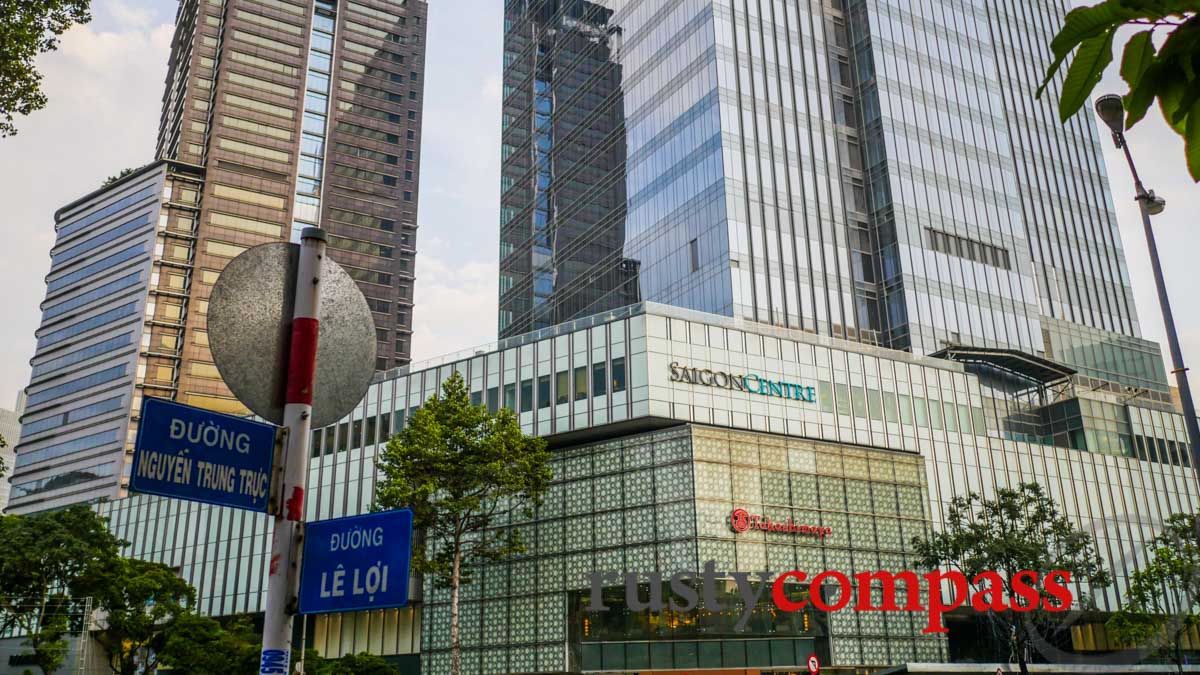
Photo: Mark Bowyer Saigon Centre - handsome - but leaves the surrounds a tad breathless.
Saigon Metro’s coming
There is some hope on the infrastructure front in downtown Saigon.
A Metro is under construction at the same intersection - you won’t miss it. Its construction dominates the heart of the city.
The Metro will provide some relief to surrounding roads when it commences operations sometime in the next few years (we keep hearing different start dates). But it’s likely to be a long time before the reach of the Metro into major population centres, is sufficient to offset the growing demands being made on the streets, and the growing Saigonese adoption of cars.
The furniture store and the temple
If you’re a curious traveller, the highlight of this emblematic patch of Saigon will be the old furniture store opposite the Takashimaya entrance on Pasteur St, and the 1920s Hindu temple that is the keeper of this little patch of serenity.
Le Van Au antique furniture has been on the site for a couple of decades - and it’s stubbornly refusing to bow to the city’s rush to high-rise and concrete. It’s an amazing old Saigon space and the owner, Mr Au, is a great Saigon character.
The huge 1920s pigeon case at the entrance to the furniture compound will presumably disappear with the demolition of the buildings on which it's mounted.
The furniture store sits on land owned by the the nearby Sri Thendayutthapani Hindu temple - which explains why it has so far been immune to the development sweeping the area.
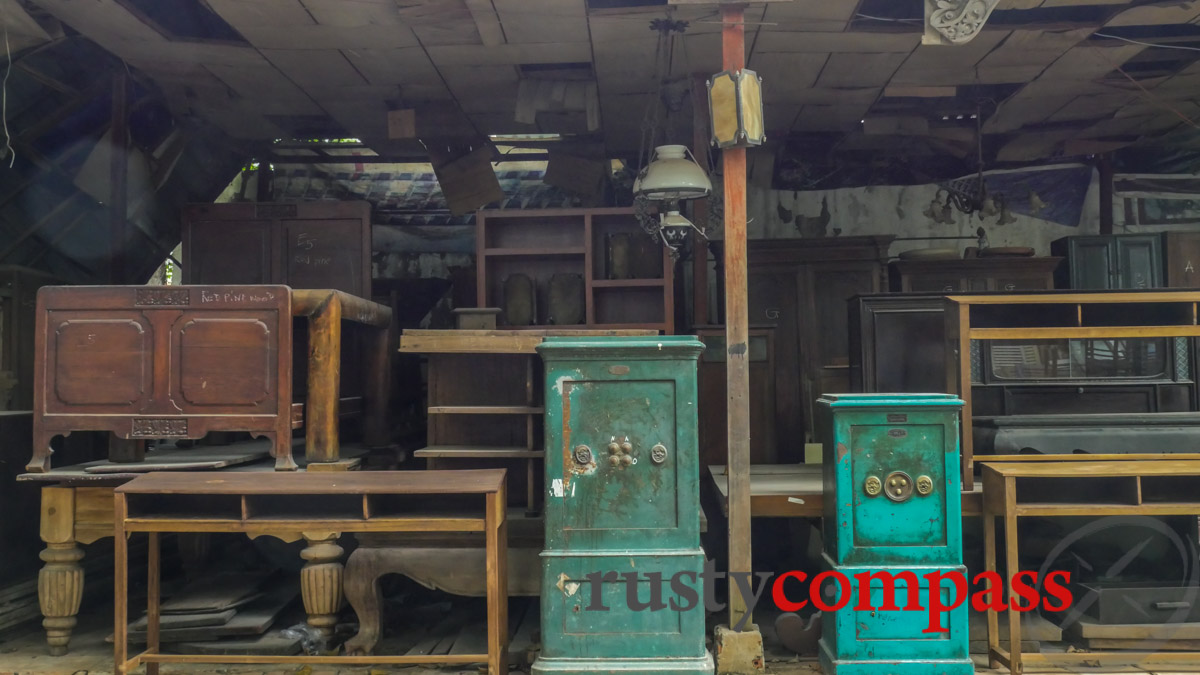
Photo: Mark Bowyer The antique furniture store, Pasteur St, Saigon
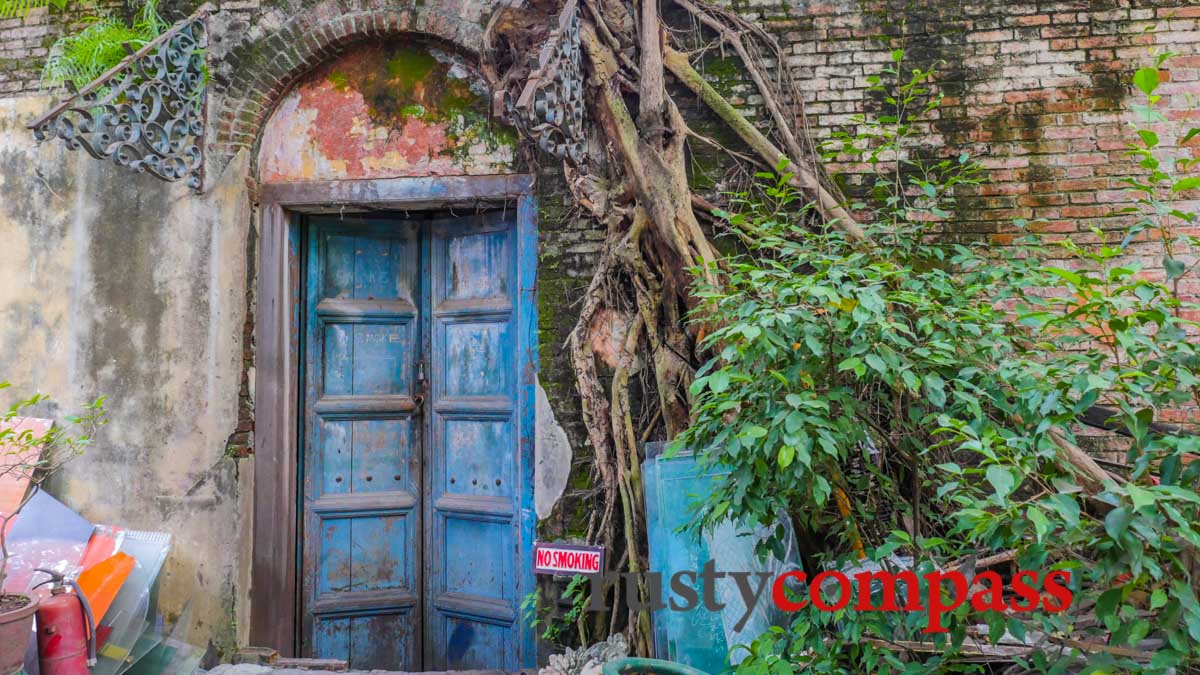
Photo: Mark Bowyer Saigon's most picturesque doorway
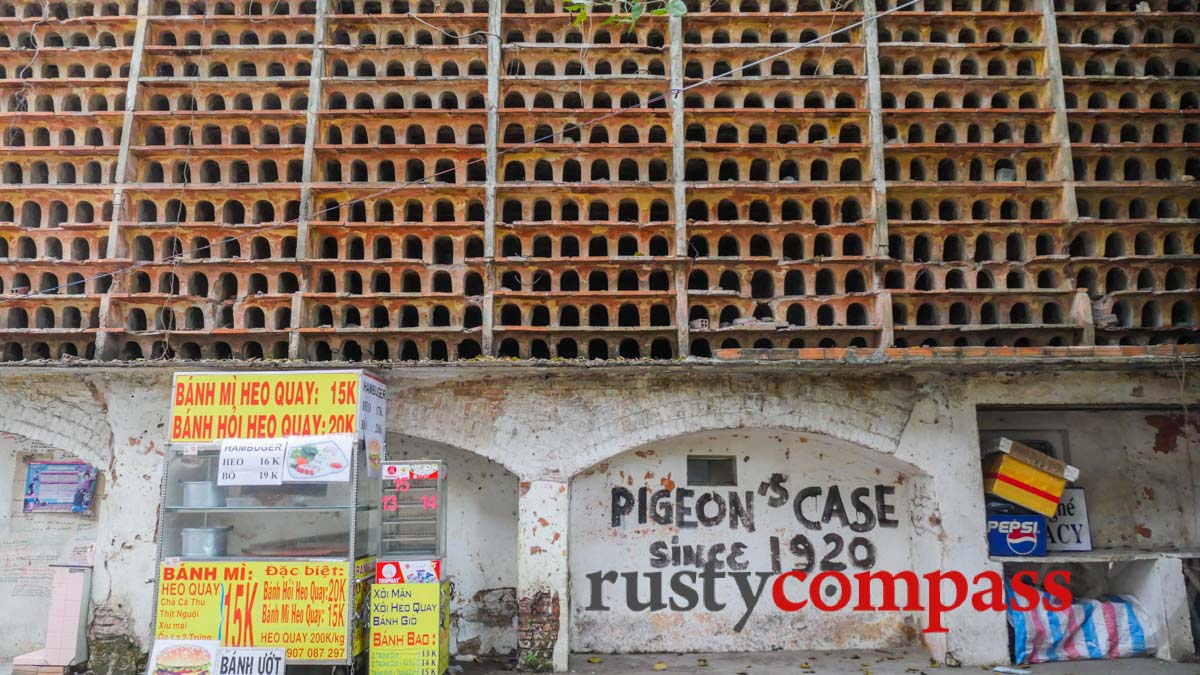
Photo: Mark Bowyer 1920s pigeon case facing imminent demolition, Saigon
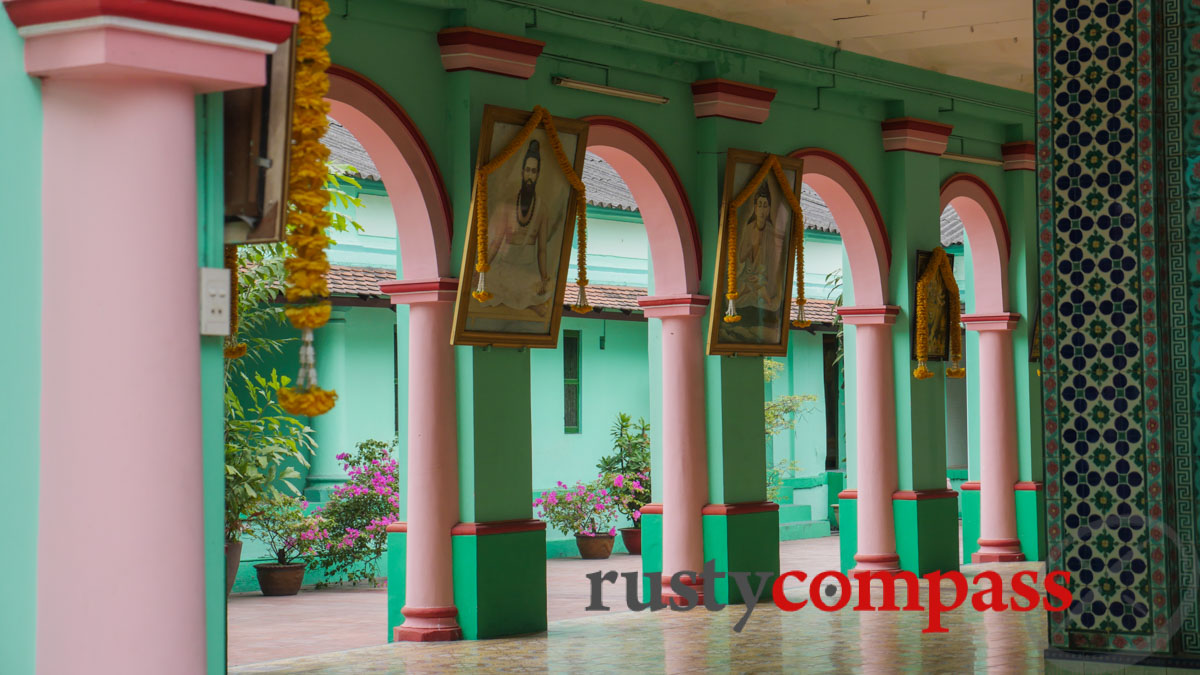
Photo: Mark Bowyer Sri Thendayutthapani Hindu temple, Saigon
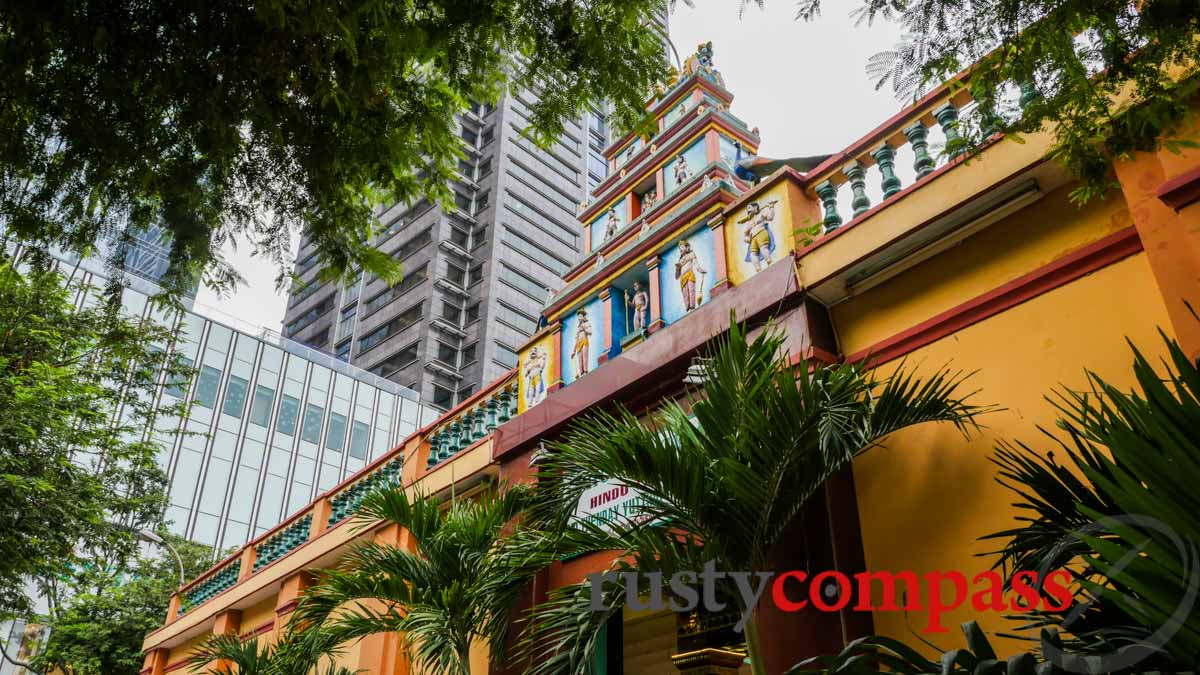
Photo: Mark Bowyer Survivor - Sri Thendayutthapani Hindu temple, Saigon
Ton That Thiep St was the centre of Saigon’s pre-1975 the Indian community and the temple dates back to the 1920s. For more on the temple, check out this piece from Saigon based historian Tim Doling.
Tim Doling on Ton That Thiep St, Saigon Hindu Temple
The intersection of Le Loi and Pasteur St is found right at the heart of Saigon’s District 1.

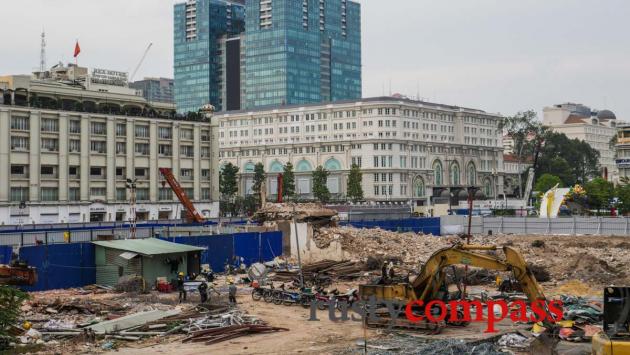



There are no comments yet.